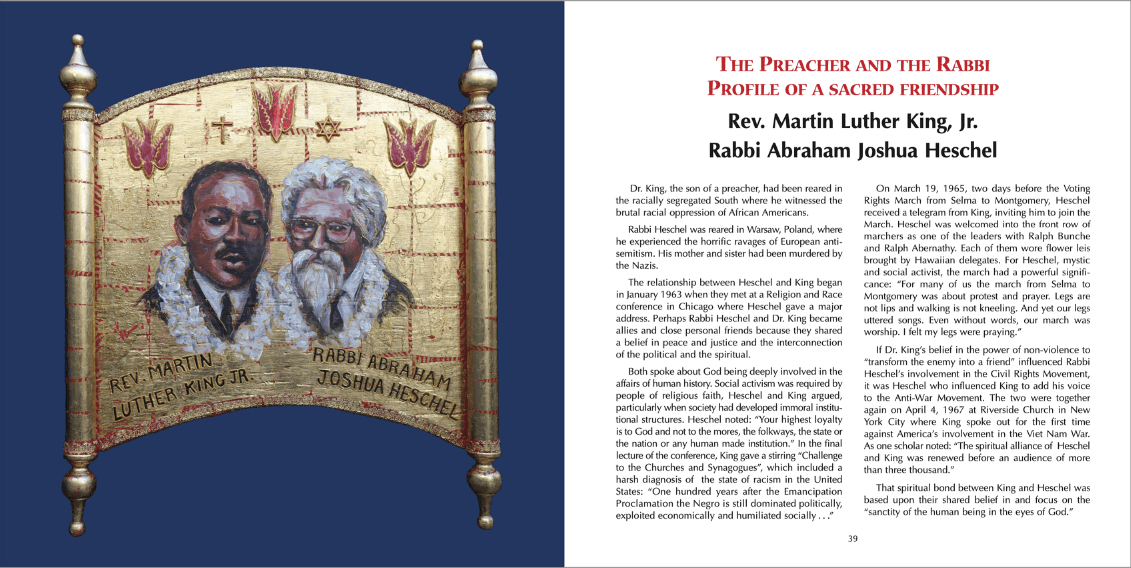Race Amity: The Other Tradition
The perspective of “The Other Tradition” is that in America’s racial history the dominant tradition of racism has always had a parallel moral counterweight that promoted access, equity and social justice.
This moral counterweight holds at its core humanistic and spiritual values accentuated by amity and close cross-racial/cross-cultural collaboration, which in contrast to racism, is “The Other Tradition.”
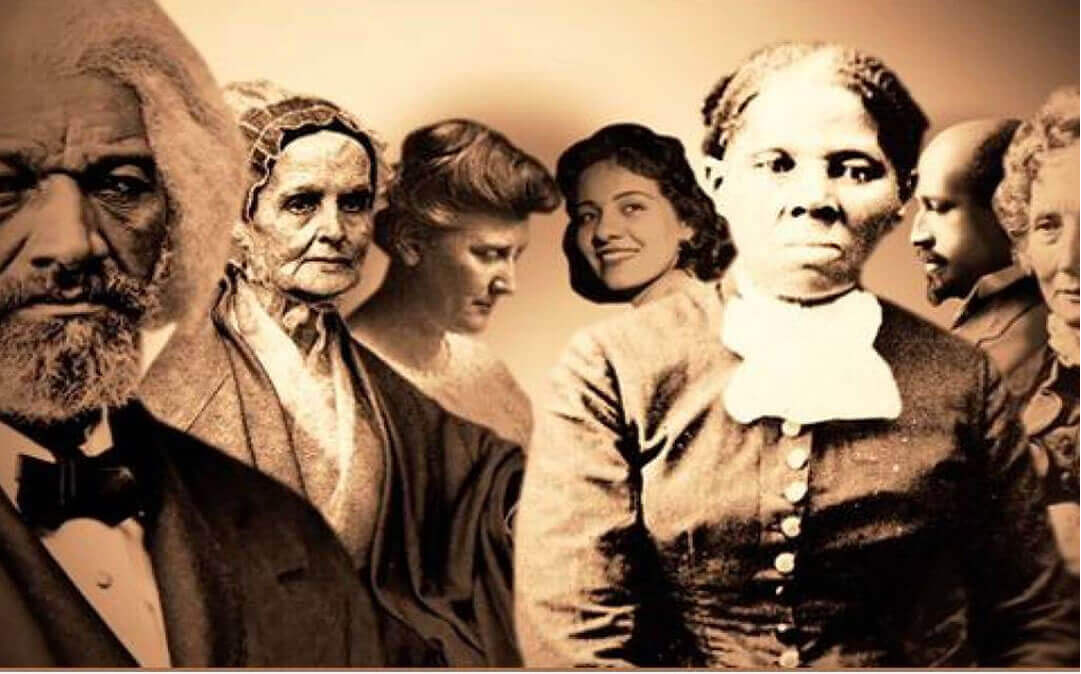
The Other Tradition is those actions that have taken place during the course of our national history that are based on the moral principle of the organic oneness and unity of humankind. The Other Tradition has been a constant parallel counterweight to the social construction of racism in America.
A key element of The Other Tradition and the propellant for its success is amity. Amity is one of the hallmarks of The Other Tradition. In the context of human relationships, it is easily understood why amity or, more familiarly, friendship, is a central ingredient to the conduct of progressive action for racial equity and justice. This is because there are two primary affinity relationships in human affairs. The first is love and caring for family. The second is love and caring for friends. To the extent that amity exists among people, there is a genuine commitment and support that includes willingness to take risks and engage in personal sacrifice.
This dynamic can be seen in iconic historical episodes in our nation’s history, where people from vastly different backgrounds came together to achieve what they never could have accomplished separately. These historical examples of interracial and multiracial cooperation, harmony and amity are lessons we can draw on to foster racial amity in contemporary America. The National Center for Race Amity seeks to widen the circle of individuals who are resolved to take ongoing action to ensure the continuation of this dynamic, which is critical to moving our nation toward its founding promise: E Pluribus Unum, Out of Many, One.
The original thesis of “The Other Tradition” was put forth in Understanding Interracial Unity–A Study of U.S. Race Relations, published in 1996 by Richard W. Thomas, Professor Emeritus of history at Michigan State University.
Dr. Thomas explains: “Some people look at [Race Amity] and say, ‘love and friendship – nice and fluffy.’ But that doesn’t get to the social and structural roots of the problem. If you look at Amity as creating a qualitatively different relationship amongst people that will lead them to want to change the status quo, then it becomes a necessary precondition. It lifts race relations to a much broader level so that you see it in terms of a connection between human beings.”
Materials for the Study of the Other Tradition
Now Available!
Race Amity and the Other Tradition: Icons and Reflections
This hardcover coffee table book brings to life the stories of people who exemplified a powerful commitment to interracial friendship and partnership. Especially because we are living at a time of such deep racial division, the stories of Race Amity in this collection inspire us to imagine ways that we can transcend those differences and build greater mutual understanding and respect. This publication is presented in an effort to inspire us to become the best in us, as we grapple, fail, and grow as a national community in finding and embracing a dominant moral center based on the scientific and spiritual truths that we are one human family.
The soul of this publication is manifested by the incredible talent of artist Pamela Chatterton-Purdy, who pioneered the concept of icons depicting historic social action in America. Her dynamic first renditions, Icons of The Civil Rights Movement, inspired NCRA to commission her to develop the series Icons of Race Amity. Gratitude is noted to her partner in both enterprises, Rev. David Purdy, Ph.D. who wrote the supportive background on each of the icons.
Chatterton-Purdy’s art is complemented by essays, poetry, photography and art that further illuminate the path toward racial amity and justice. Contributors include Howard Ross, Janet Langhart Cohen and William E. Cohen, Margaret (Peggy) McIntosh, Ph.D., and Louis G. Smith, J.D. BUY NOW
-
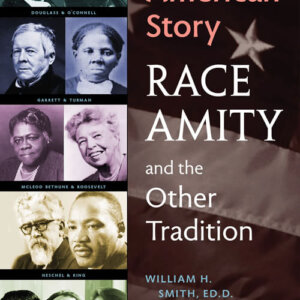
Book Race Amity A Primer On America’s Other Tradition
$19.95 -
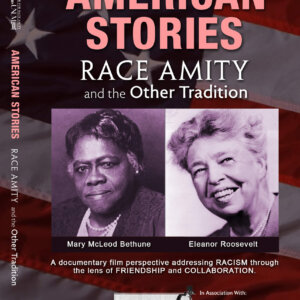
Godmothers of Race Amity
-
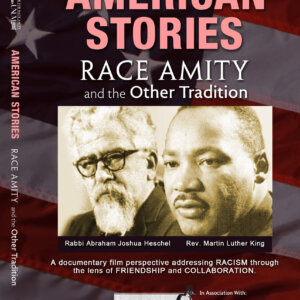
The Preacher & The Rabbi
-
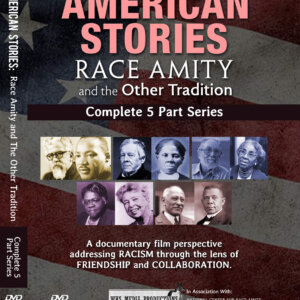
All 5 Episodes – American Stories: Race Amity and The Other Tradition
-
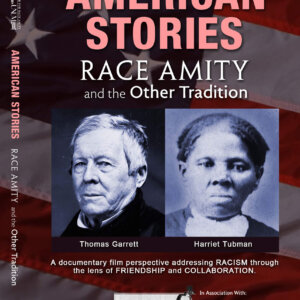
The General & The Quaker
-
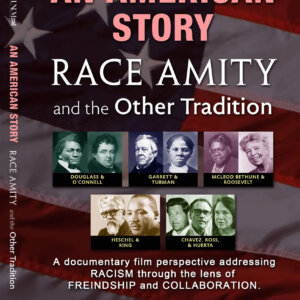
1-hr Special – An American Story: Race Amity and The Other Tradition
-
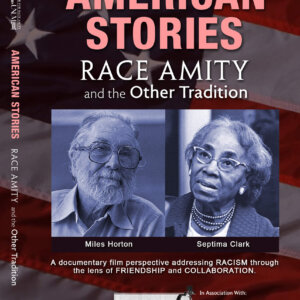
Low Country Teacher & The Liberal Hillbilly
-
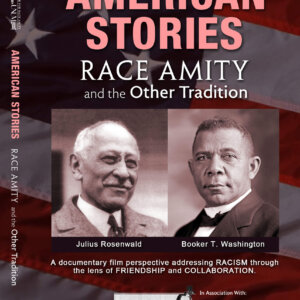
Amity & Brotherhood For Education

